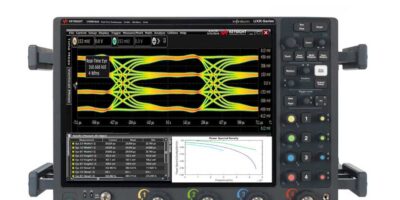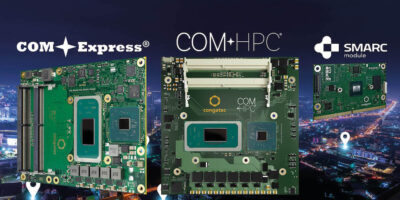Boasting low quiescent current (IQ) of 60nA, the TPS61094 buck/boost converter can extend the battery life of industrial applications, says Texas Instruments. The bi-directional buck/boost converter’s IQ is one-third that of competing boost converters, says the company. It integrates a buck mode for supercapacitor charging while providing low IQ, to extend battery life by as much as 20 per cent when compared to commonly used hybrid-layer capacitors (HLCs). Supercapacitor charging and discharging help support peak loads and backup power, which are important for continuous operation in battery-powered industrial applications such as smart meters, smoke detectors and video doorbells, as well as medical applications.
Engineers designing battery-operated systems frequently face a common design challenge: a need to achieve high efficiency at no- or light-load conditions, in the low milliampere or microampere range. This requires power supplies to regulate their output while maintaining low supply current in the nA range.
Today’s lithium thionyl chloride (Li/SOCl₂) battery-based designs often manage peak load with HLCs. This are expensive and not optimal for controlling charge current, explains TI. The TPS61094’s combined low IQ and supercapacitor charging and discharging allow HLCs to be replaced with supercapacitors for peak load support and to extend battery life in applications that must run on a single battery for 10 years or more.
The TPS61094 can provide back up power in applications that require safe power-down or last-gasp communication during a power outage.
In addition to extending battery life, the buck/boost converter has a 2.0A inductor current limit in boost operation, which doubles the output current of competitive boost converters, according to the company.
The additional output current enables the TPS61094 to support radio standards – such as narrowband Internet of Things (NB-IoT), LTE-M, Wi-SUN, MIOTY, Bluetooth and wireless M-Bus – over a wider input voltage range. For example, it can support more than 250mA of output current down to an input voltage of 0.7V.
Typical industrial applications such as smart meters require several power components for back up power features or peak load support. Integrating a buck charger and a boost converter into a single IC removes the need for a discrete buck charger, inductor and two external capacitors.
The integration of the buck charger and boost converter also allows design engineers to easily control the handshake between all functions, for a seamless transition between operating modes.
The TPS61094 is now available through TI and authorised distributors in a 2.0 x 3.0mm, 12-pin very thin, small outline no-lead (WSON) package. Full and custom quantity reels are available and there is also the TPS61094EVM-066 evaluation module.







